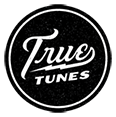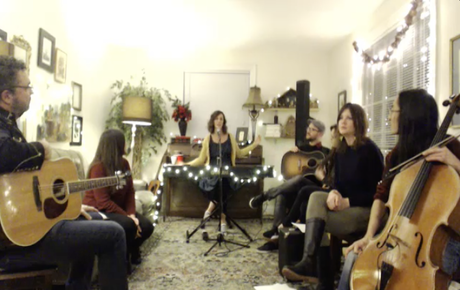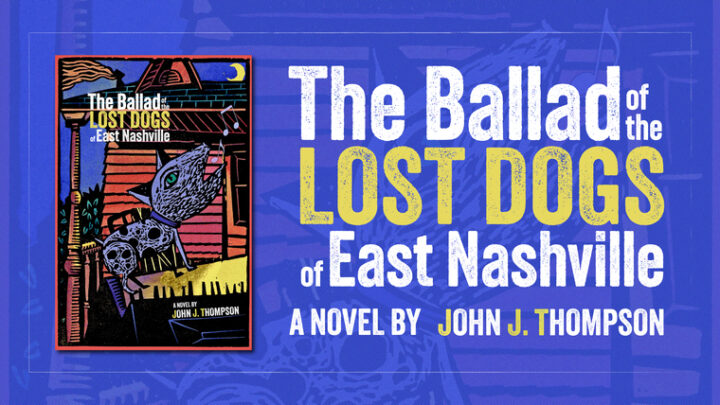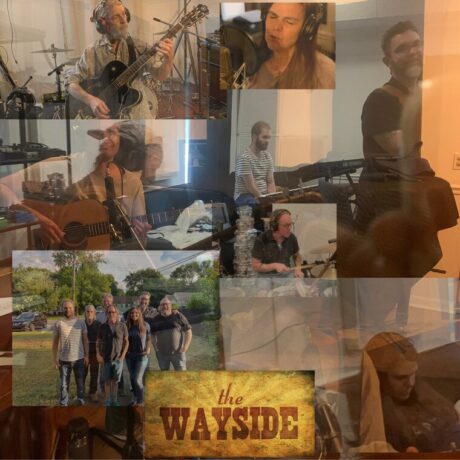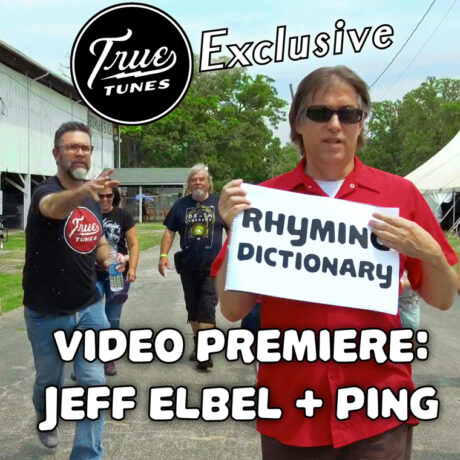Crowdfunding Part 2; Does Patreon Replace Kickstarter? (2 of 3)
In Part One (of three) of this series we were introduced to our panel of experts; Terry Scott Taylor of Daniel Amos, Tyler Somers of Jenny & Tyler, Bradford Loomis, and Christa Wells. We explored how Patreon had changed everything for these artists. If you haven’t yet read that installment you really should prayerfully consider going back and reading it before continuing on with this second installment in the series. Also, as a reminder, you might want to cue up the special Spotify Playlist we have pulled together that features songs by each of these artists and many others who have used various crowd-funding platforms to help bring some of the most amazing music into the world.
Each of the independent artists we spoke to for this conversation about crowd-funding drew a clear line between the kind of work being produced on a weekly or monthly basis for their patrons, and the “fully produced” work that might be put out on more widely distributed albums, EPs, or singles. So, does the need to honor commitments to deliver “content” to their backers ever compromise their ability to deliver the highest quality version of their art? It can, but with clear communication and hard work it need not.
“I try to be strategic with the things that I offer through my subscriptions,” Loomis explains. “I try to choose things that I need to be doing anyways, such as writing and recording a new song every month.”
Taylor was very clear with his supporters from the beginning that there would be a difference between the materials his patrons received and the material that appeared on his next album. “As my Patreon supporters know,” he explains, “the plan all along was for me to create demos of new songs here at home and then post them on Patreon, with an eye on eventually recording a number of them in a fully equipped studio with a group of my musician friends. In fact we are presently planning a Kickstarter campaign for my solo project, which we will be launching fairly soon. Keeping up my Patreon commitment during the recording of the full-blown studio record will be somewhat of a challenge, but not one that isn’t doable. It obviously won’t be possible to meet the standard six songs per month quota, but I’ll continue to record as many new Patreon songs as I possibly can and supplement this with some exclusive behind the scenes studio footage, which I think my supporters would very much love to see.”
Somers explains that he and Jenny have turned the consistent creative output necessitated by their patronage program into a certain rhythm that works well for them. “What creating on a monthly basis looks like for us isn’t what you might expect,” he insists. “Jenny typically goes to a coffee shop once or twice a week for a few hours to journal. I typically hear a melody and record it on my phone right before falling asleep. Then we dedicate a few days to songwriting and producing those journaled or voice-memo’d ideas.”
While that process would not previously have been done in public like this, it’s very similar to the A&R process most artists used to work through with record labels or managers. While Taylor, Loomis, Wells, and Jenny & Tyler are sending – what are basically demos, to their patrons throughout the year, at some point the weeding process kicks in and the best of the best of the songs are identified and selected for the “full treatment” in a more expensive and appointed recording studio. And while much is being made right now about the death of the album, it turns out that fans that are deeply invested in the work of an artist are probably keen to want to hear more than a single every few months.
“To me, there’s something creatively satisfying in an LP that almost never exists in an EP,” Somers continues, though he is quick to add that Christa Wells’ Velveteen EPis an exception to that rule. “Listening to a full-length album feels like an experience, like watching a full-length feature film. EPs feel more like Netflix episodes (the 45ish minute ones.)”
“I still see myself doing full blown albums,” Wells agrees, “though those are more likely to be 5-7 song EPs than 12-song projects. Part of that is financial, and part of it is my current personal preference for that shorter-length cohesive collection. The work I create for my Patrons does take a certain amount of time, but a good bit of it is work I’m already doing, or at least an extension of work I’m already doing.” As an example, Wells shares pages from her own creative journal with her patrons, and believes that journaling helps both her discipline and her creative process. “The new songs I share need to be written anyway,” she continues, “so Patreon functions as accountability for me as an indie artist wearing so many hats that I could otherwise neglect the actual songwriting!”
“I release a monthly single,” Loomis adds, “and while they are getting better sounding every month, they are still not on par with my full-blown studio projects in terms of production. I hope that I never get away from those fully produced projects. But it costs a lot more money to really do those right. I think it’s worth it, though.” For those full-blown projects Loomis, as well as Taylor and the Somers, continue to use project-based crowd-funding platforms like Kickstarter to pull in the necessary cash.
“The benefit of running a Kickstarter campaign is only half in the raising of capital,” Loomis insists. “It’s also a great platform for telling the story of your project and the direction of your career. It allows you to communicate who you are and what you are doing and to invite people into that process.
Somers agrees, but admits that it can be awkward to ask monthly supporters to also support a project-based campaign.
“I do feel like it’s harder to ask for our supporters to fund fully produced full-length records when we’re receiving monthly support from them,” he admits. “I’m still wrestling with that one. However, I do think asking is good when it seems right, even when it’s hard.”
Jenny & Tyler are currently working on a lullabies album, which they will likely run a Kickstarter campaign to fund, but will offer existing patrons an offer to support by upping their monthly support for a few months. “I can see a scenario where the two platforms harmonize,” he continues. We’ll have to help people understand the difference between the platforms.”
In the 3rd and final installment of this feature we ask each of our panelists for specific advice for artists considering launching either project-based crowd-funding campaigns (like Kickstarter) or patronage programs. Click HERE to keep reading…
